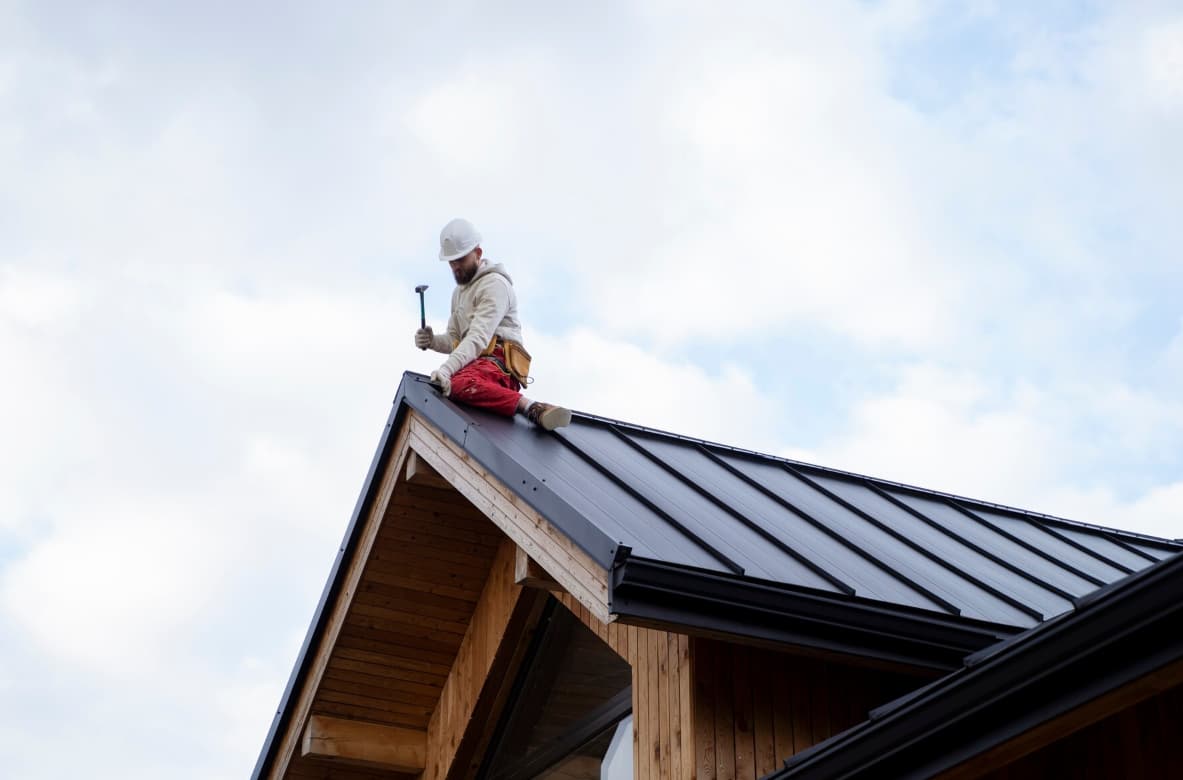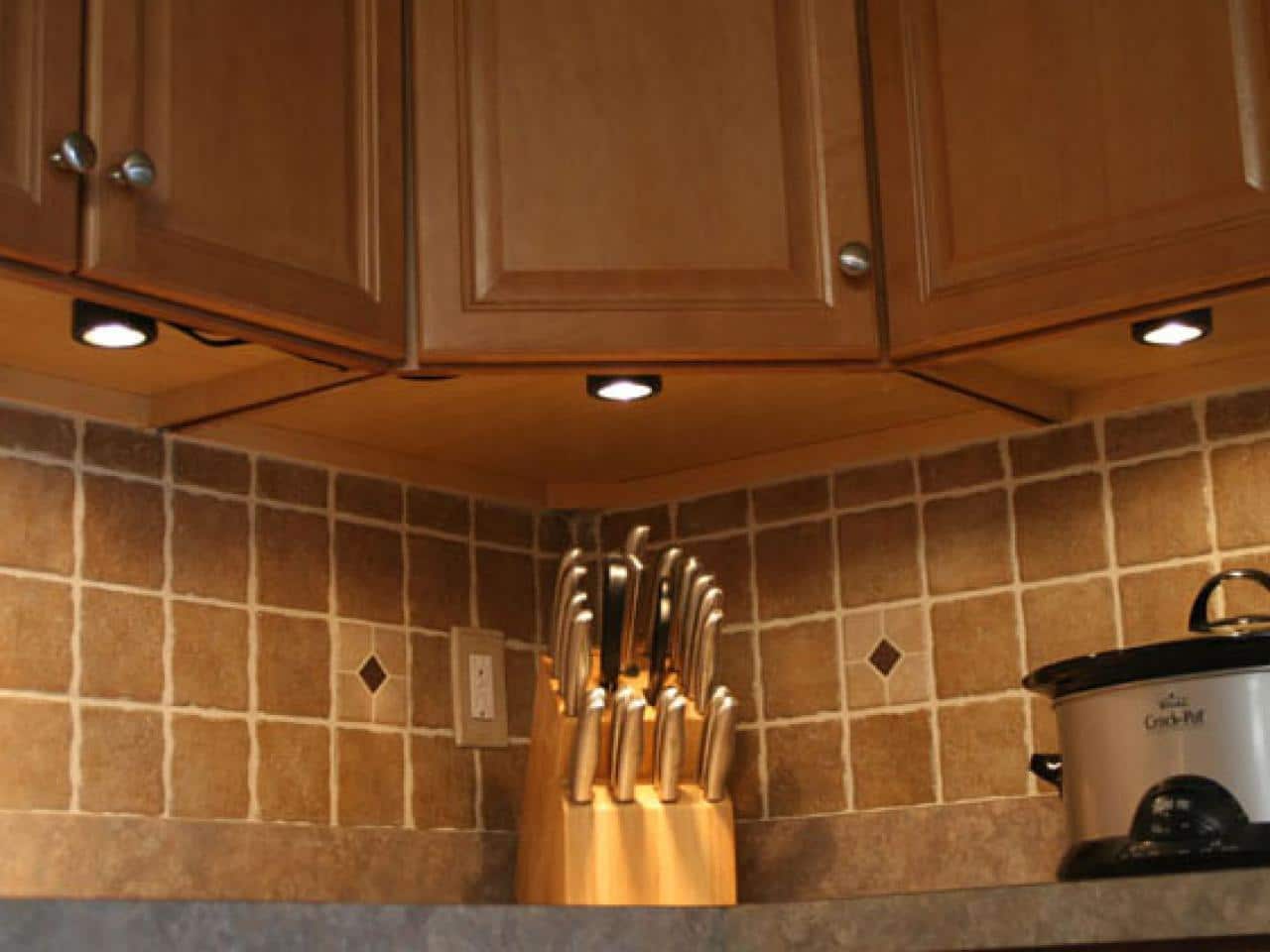Roof replacement is a big project for homeowners, as it affects both the protection of their property and its aesthetic appeal. When reroofing, timing is of the essence, and ideally, a dry and temperate period is preferred for a smoother and more efficient installation.
The installation timeline involves several factors at play. From the size and complexity of the roof to the availability of materials and labor, each can influence the project timeline.
But how long does reroofing take? To get a clear estimate, homeowners will have to work closely with their chosen roofing contractor and keep these factors in mind to help manage expectations.
Discovering additional damage or unexpected complications, such as rotted decking or hidden structural issues, during the project can also extend the timeline, as these issues have to be fixed before completion.
How Much Time Does it Take to Replace Roof?

Let’s start by going over the details and discovering how much time it takes to complete a roof replacement project.
Size and Complexity of the Roof
When determining the time required for roof replacement, the size and complexity of the roof play a role. The larger the roof, the more time it will take to replace it.
A small roof, such as that of a shed or garage, can typically be replaced in a day or two, while a larger roof, such as that of a house or commercial building, may take several days or even weeks to complete.
Complexity is another factor that affects the time required for roof replacement. A simple, straightforward roof with a basic pitch and no additional features will be quicker to replace compared to a roof with multiple slopes, dormers, skylights, or chimneys.
These additional features require extra time and effort to work around and properly install new roofing materials.
Take into account both the size and complexity of your roof when planning for a replacement. Be sure to communicate these details to your roofing contractor so they can provide you with an accurate estimate of the time required.
Keep in mind that unexpected issues may arise during the replacement process, which could extend the timeline.
Weather Conditions
The weather has an impact on determining the duration of the roof replacement process. Inclement weather conditions, such as rain, snow, or strong winds, can cause delays and make it unsafe for workers to be on the roof.
These conditions can also affect the quality of the work being done. For example, if it rains during the installation of shingles, they may not adhere properly, leading to leaks and other issues in the future.
Extreme heat can also pose challenges during roof replacement. High temperatures can make the work more physically demanding for the roofers, and it can also cause materials to expand and contract, affecting their integrity.
At the same time, hot weather can help speed up the drying times of adhesives and sealants, which could result in improper bonding.
To mitigate these weather-related challenges, roofing contractors may need to reschedule the project or take additional precautions.
They may have to wait for more favorable weather conditions before proceeding with the replacement. Looking out for weather forecasts and planning accordingly can lead to a smoother and more efficient roof replacement process.
Availability of Materials
When planning for a roof replacement, one of the key factors to consider is the availability of the necessary materials. The type and quality of materials needed for your roof replacement project can greatly impact the overall timeline and success of the project.
So, make sure that the materials required for the replacement are readily available.
Depending on the size and complexity of the roof, different materials, such as shingles, underlayment, flashing, and nails, may be required.
Check with your contractor or supplier about the availability of these materials. They can provide valuable insights and guidance on the availability, lead times, and potential delays that may arise due to material shortages.
In some cases, certain materials may need to be ordered in advance, especially if they aren’t commonly used or in high demand.
Availability of Labor
If the availability of materials is secured for your roof replacement, the next crucial factor to consider is the availability of skilled labor. Without experienced workers, the process can be delayed and may result in subpar workmanship.
Finding skilled labor can be challenging, as the demand for roofing professionals can fluctuate depending on the season and local market conditions. It’s recommended to hire a reputable roofing contractor who has a dedicated team of experienced workers. They’ll have the necessary expertise to complete the job efficiently and effectively.
When it comes to availability, timing is key. Roof replacements are often scheduled in advance, especially during peak seasons when weather conditions are favorable. So, plan and secure a spot in the contractor’s schedule so that labor will be available when you need it.
Keep in mind that delays can occur due to unforeseen circumstances, such as inclement weather or unexpected repairs.
Communicating closely with the contractor and staying informed about any potential changes in the timeline will help minimize disruptions to your project.
Consider the qualifications and certifications of the laborers. Skilled workers should have proper training and knowledge of industry standards to have their roof replacement done correctly.
Ask the contractor about the qualifications of their team and inquire about any certifications they hold. This will give you peace of mind knowing that professionals with the necessary skills and expertise will be working on your roof.
Unexpected Delays or Issues
Unfortunately, unexpected delays or issues can arise during the process of roof replacement, causing interruptions and potentially extending the timeline of the project.
These delays can occur due to a variety of reasons, such as inclement weather, unforeseen structural problems, or material delivery issues.
Inclement weather, such as heavy rain or strong winds, can make it unsafe for workers to be on the roof and can delay the replacement process.
Also, unexpected structural problems, such as rot or damage to the underlying structure, may require additional time and resources to be fixed before the new roof can be installed.
Material delivery issues can also cause delays if the necessary materials aren’t delivered on time or if there are mistakes in the order. These unexpected delays or issues can be frustrating for homeowners who are eager to have their roofs replaced.
Keep in mind that these delays are often beyond anyone’s control and that the safety and quality of the replacement are of utmost importance.
More Related & Useful Guides:
- A Complete Guide to Commercial Roof Installation
- Common Signs of Roof Damage and How to Address Them
- Why Hire Commercial Roofing Companies
Conclusion:
If you’re considering a roof replacement, keep in mind that the time it takes can vary depending on several factors. The size and complexity of your roof, weather conditions, availability of materials, and labor all impact the duration of the project.
Unexpected delays or issues may arise during replacement, further extending the timeline. Plan accordingly and be prepared for potential delays.



